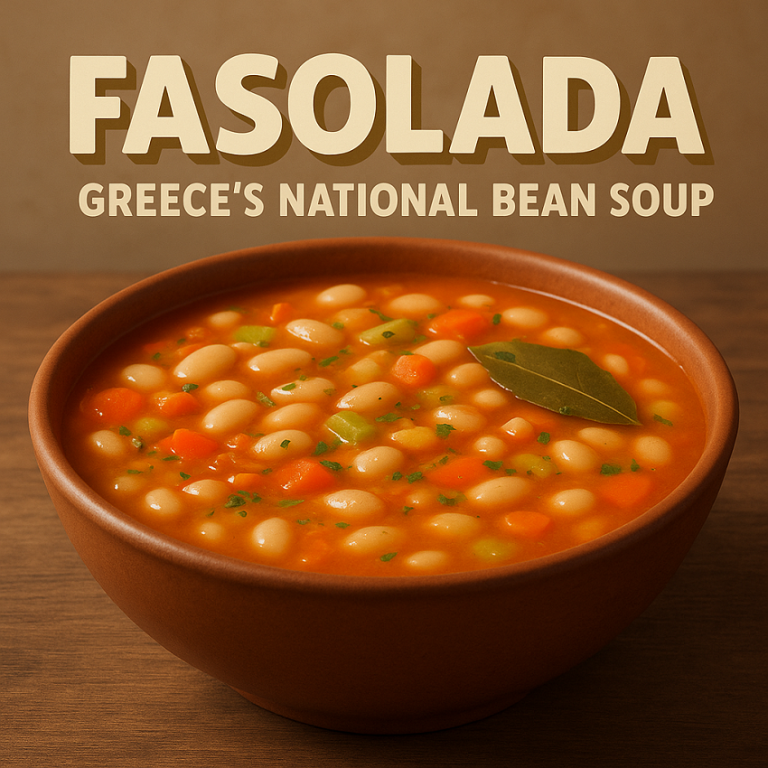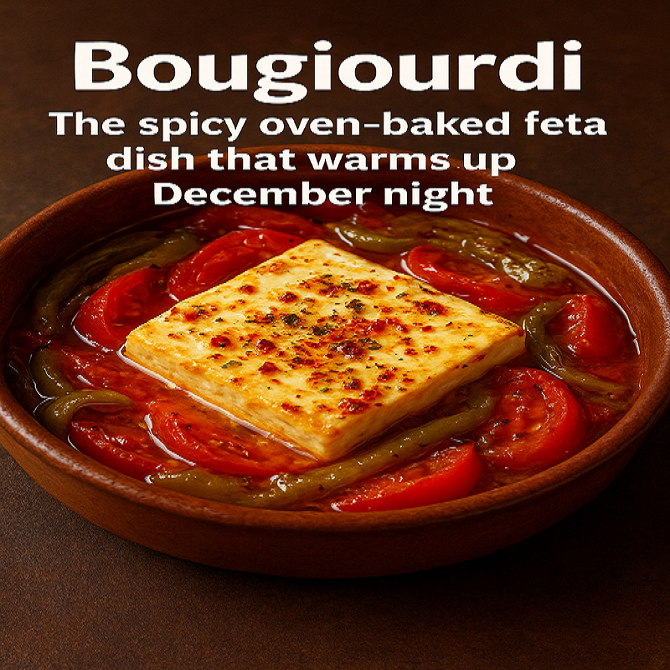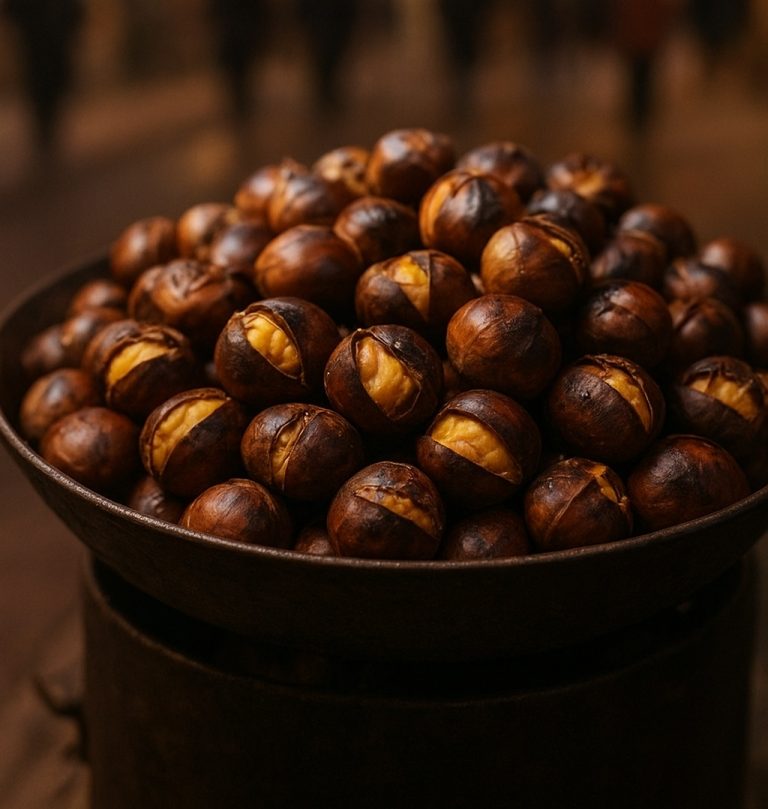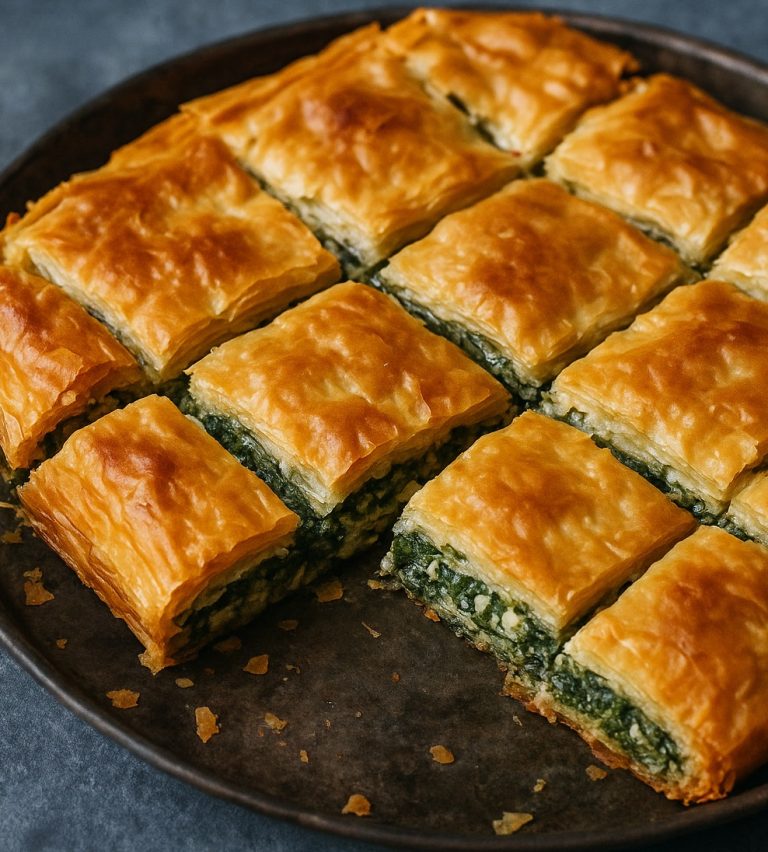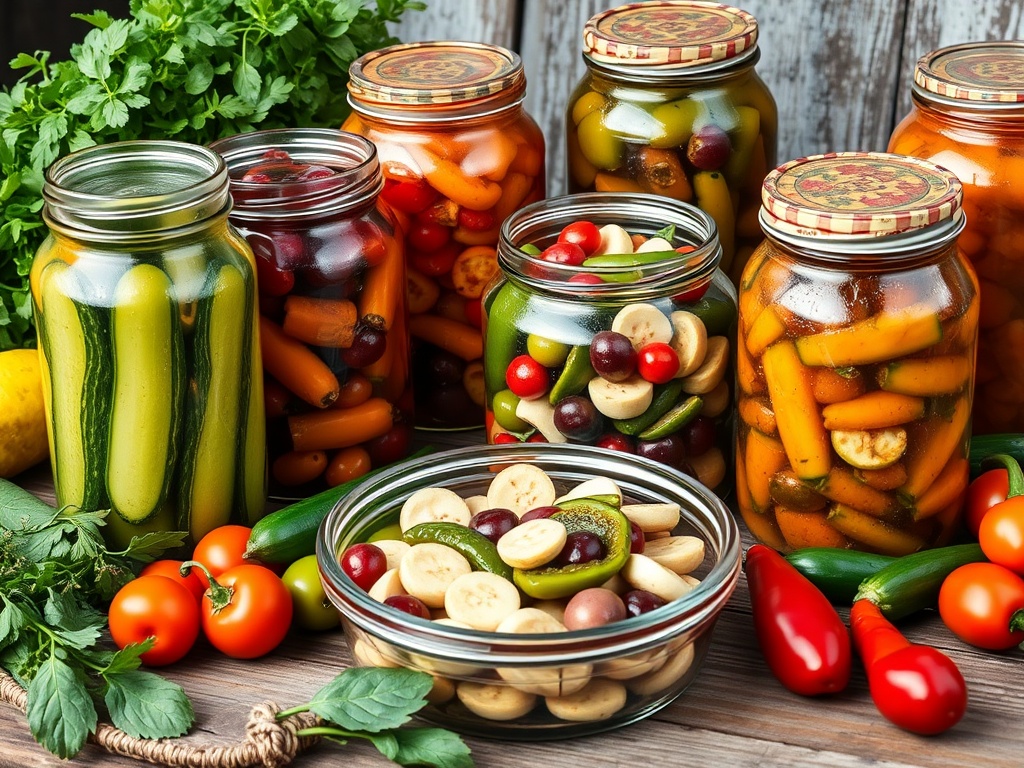
Greek cuisine is renowned for its vibrant flavors, fresh ingredients, and rich culinary history. Among its many delights, pickles and preserves hold a special place, offering savory counterpoints to rich dishes and a way to savor seasonal produce throughout the year. This article explores the history, diverse types, methods of preparation, and cultural significance of Greek pickles and preserves.
A Historical Perspective
The tradition of pickling in Greece dates back thousands of years, rooted in the necessity of preserving food. In ancient times, the warm climate made it essential for communities to find ways to store food for the off-season. Ancient Greeks utilized vinegar, salt, and brine to extend the life of vegetables, fruits, and fish, laying the groundwork for modern Greek pickling techniques.
Pickling was not merely a means of preservation; it also served as a way to enhance flavors. The Greeks discovered that pickling could transform humble ingredients into tangy accompaniments that could elevate a meal. This practice continued through the ages, adapting to local tastes and available ingredients, and remains an integral part of the culinary landscape today.
Types of Greek Pickles
1. Tzatziki Pickles
Tzatziki, a yogurt-based sauce flavored with garlic, cucumber, and herbs, often accompanies pickled vegetables. Commonly pickled items include cucumbers, which are sometimes served alongside the sauce, enhancing its tangy flavor. The combination of creamy tzatziki with crunchy pickles creates a delightful contrast that is a staple in many Greek meals.
2. Kalamata Olives
While not a pickle in the traditional sense, olives are often preserved in a brine solution of water, vinegar, and salt. Kalamata olives, known for their deep purple hue and rich flavor, are a staple in Greek salads and meze platters. Their unique taste adds depth to dishes and is celebrated for its health benefits, particularly as a source of healthy fats.
3. Pickled Peppers
Various peppers, particularly green and red bell peppers, are commonly pickled. They are typically marinated in vinegar, olive oil, and a mix of herbs and spices, providing a sweet and tangy accompaniment to many dishes. Pickled peppers are often served as part of a meze platter or used in sandwiches, adding a burst of flavor.
4. Pickled Eggplant (Melitzanes)
Eggplant is sliced, salted, and soaked in vinegar to create a flavorful pickle. This dish often features garlic and herbs, enhancing its taste. Pickled eggplant is frequently served with bread or as part of a meze platter, where its unique flavor can shine alongside other appetizers.
5. Pickled Carrots and Cauliflower
These vegetables are frequently pickled together, resulting in a crunchy, tangy side dish that complements rich meats and stews. The vibrant colors and textures make them visually appealing and a delightful addition to any meal.
6. Pickled Onions
Thinly sliced onions are often pickled in vinegar and sugar, creating a sweet-tangy condiment that can elevate salads, sandwiches, and grilled meats. Their bright pink hue adds a pop of color, making them both flavorful and visually striking.
Preserves in Greek Cuisine
1. Fruit Preserves (Marmalades)
Greek preserves are often made from seasonal fruits like figs, cherries, and citrus. These preserves are typically cooked with sugar and lemon juice, resulting in a sweet treat that can be enjoyed on bread, yogurt, or as a dessert topping. The use of local fruits reflects the agricultural diversity of Greece, and these preserves can vary significantly from region to region.
2. Lemon Preserves
Lemon quarters are preserved in sugar and used to flavor various dishes. They add a unique tangy sweetness to both savory and sweet recipes, showcasing the versatility of lemons in Greek cuisine. Lemon preserves are often integrated into marinades, dressings, or served with meats, providing a bright contrast.
3. Walnut Preserves
This unique preserve is made by soaking walnuts in syrup, resulting in a sweet and chewy treat. Walnut preserves are often served as a sweet accompaniment to cheese or yogurt. They reflect the use of nuts in Greek desserts and highlight the balance between sweet and savory in the cuisine.
4. Fig Preserves
Figs, a fruit native to the region, are often turned into preserves that capture their natural sweetness. Fig preserves can be enjoyed on toast, paired with cheese, or used as a filling for pastries, showcasing the fruit’s versatility.
Methods of Preparation
The process of making pickles and preserves in Greece often involves simple techniques that allow the natural flavors of the ingredients to shine.
Pickling Method
Most pickling begins with washing and cutting the vegetables. They are then soaked in a solution of vinegar, water, salt, and sometimes sugar. Spices such as dill, garlic, and bay leaves are frequently added to enhance flavor. After a period of fermentation, the vegetables develop a tangy taste and crunchy texture.
Preserving Method
For preserves, fruits are typically washed, pitted, and chopped before being simmered with sugar and lemon juice. The mixture is cooked down until it reaches the desired consistency, then poured into sterilized jars for storage. This method allows the fruit to maintain its natural sweetness while extending its shelf life.
Cultural Significance
In Greek culture, pickles and preserves are more than just food; they symbolize hospitality and tradition. They often accompany meals during gatherings and celebrations, showcasing the season’s bounty. Sharing homemade pickles and preserves is a way to express love and care for family and friends.
Pickles and preserves also reflect the importance of seasonal eating in Greek culture. By preserving fruits and vegetables at their peak, families ensure that they can enjoy the flavors of their local harvest year-round. This practice not only promotes sustainability but also fosters a deep connection to the land and its produce.
Conclusion
Greek pickles and preserves offer a delicious glimpse into the country’s culinary heritage. Whether enjoyed as part of a meze platter, a condiment, or a sweet treat, they embody the flavors and traditions of Greece. As you explore this vibrant cuisine, consider adding these delightful pickles and preserves to your table, celebrating the rich history and culture they represent. By embracing these traditional foods, you can savor the essence of Greece with every bite.
